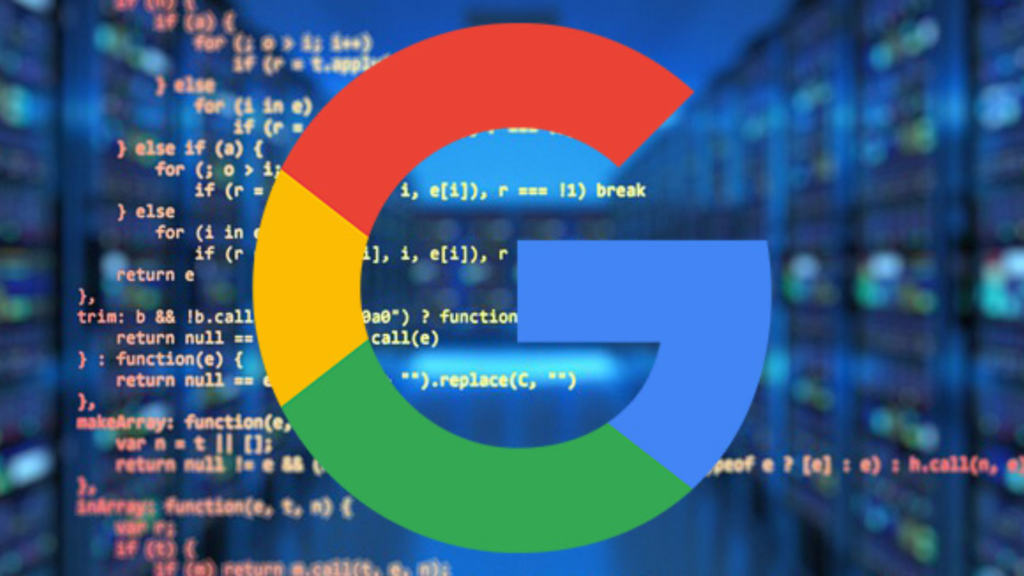Highrise IQ experienced a 37.5% increase in product sign-ups when they shifted from a traditional website to a long-form, one-page format. This change highlights the effectiveness of single-page web design, especially when promoting a single product or targeting a specific audience.
So, what exactly is a single-page site?
It’s simply a website where all the content is placed on just one page.
Rather than scrolling through multiple websites, users can simply click on navigation links to explore further content on the page.
This trend, relatively new, aims to enhance user experience, particularly for simpler websites. Large multi-page websites often pose challenges in navigation and can overwhelm users.
However, single-page designs have faced criticism regarding search engine optimization (SEO). The general consensus suggests that they are more challenging to optimize compared to multi-page websites.
But is this claim valid? Can one-page websites rank on the first page of Google?
Today, we’ll address these questions. Read on to discover some straightforward SEO techniques for optimizing your one-page website.
The One Page Website SEO Stigma
As mentioned earlier, one-page websites often face criticism within the SEO community. Some individuals argue that having a single-page website can hinder your ability to rank well in search engines.
While it’s true that SEO can pose challenges for one-page websites, it’s not insurmountable.
In fact, there are many instances of one-page websites achieving top rankings for their target keywords on Google and other search engines. The Momentum app serves as a prime example of a one-page design that ranks prominently.
One-page website SEO demands a distinctive approach and mindset. If you tackle SEO for a single-page site like you would for a multi-page one, you’re missing the mark.
Firstly, prioritize building links and crafting top-notch content. Keyword research gains added importance since you’re targeting just one term. This entails conducting more thorough investigations than usual.
Keyword optimization holds utmost importance. Ensure the term appears in your title tag, meta description, and body content at least 3 to 7 times.
If you’re seeking inspiration for crafting a one-page website, take a glance at these effective examples.
One page website SEO: Pros and Cons
Before you decide to create a one-page website, take a moment to weigh its pros and cons, especially when it comes to SEO.
Although a single-page layout might suit your niche, you don’t want to completely disappear from search results. It’s important to evaluate if this website design will benefit you in the long term.
The Pros
- Google favors mobile-first indexing, making it crucial to have a website accessible on mobile devices. One-page websites excel in this regard due to their sleek design, which translates effectively to mobile viewing. Additionally, they offer a speed advantage, loading much faster than larger, multi-page sites. For example, compared to heavier pages, single-page websites load a staggering 486% faster. While a page weight of 1 MB is suggested, Momentum, a one-page website, boasts a total size of just 30 KB.
- When it comes to digital marketing, the single-page design excels in attracting and keeping a focused audience. You can use all the content on the page to guide users to a particular call to action, boosting your conversion rates significantly. Plus, guiding customers through the sales funnel is easier on a single page.
- Having a multi-page website can lead to users landing on your pages in the wrong sequence. This might mean they miss out on important product information if there’s no internal link guiding them to it, resulting in reduced visibility.
- Pagerank brings a notable advantage. Each backlink directs to a single page, ensuring a favorable 1:1 ratio of links to pages.
The Cons
- One notable drawback is that you can’t rank for a wide variety of relevant keywords. Instead, you’ll need to focus on a few, or in many cases, just one. This is a primary reason why one-page websites often have a poor reputation.
- If you depend on Google searches to attract new customers to your business, you might want to think about creating a multi-page website. This allows you to target different keywords and use more advanced SEO techniques. However, if you get most of your new business from other sources like an eCommerce platform, then worrying about keywords won’t be as important.
- One more drawback is the limitation in providing detailed information on your page. Unlike multi-page websites where each topic can have its dedicated page, single-page websites require consolidating all content into one. This means you need to keep your content concise. When crafting text for your single-page website, it’s crucial to ensure your copywriters are delivering top-notch content.
How to Optimize Your Single-Page Website for SEO
Link-Building is your bread and butter
A one-page website limits the scope for advanced SEO techniques. Therefore, emphasis on link building becomes crucial for optimizing one-page websites. Link-building strategies become even more vital to boost traffic and improve rankings.
It’s imperative to leverage any brand mentions that lack links. These instances occur when another website references your brand without providing a direct link back to your homepage.
You have two options for locating these mentions. The first involves using Google’s Advanced Search Operators to identify brand mentions without links. However, this method can be challenging and time-consuming, as it may take a while to uncover all references lacking hyperlinks.
Another method is to use a tool specifically designed for identifying unlinked brand mentions. Many such tools exist, simplifying the process of finding these mentions.
When you find a page that mentions your brand, reach out to the site owner and politely ask for a backlink.
Another strategy for acquiring backlinks from high domain authority sites is to offer a scholarship. Begin by selecting a scholarship that aligns with your content or business.
Then, offer to sponsor the scholarship on your website in return for a backlink to the college’s site. This approach can lead to valuable backlinks from .edu websites, which are highly regarded by Google.
Are you interested in knowing your domain authority or checking the DA of a potential backlink? If yes, feel free to use the Moz domain authority checking tool.
Break up your content into sections with anchor links
Even if all your information is on one page, it’s important to give it structure and break it up for better readability.
You can utilize DIV IDs and anchor links to mimic the structure of a multi-page site, featuring sections like home, products, and services.
A DIV ID helps you create a link that directly takes the reader to a specific part of the page.
To implement this, simply create a DIV (a distinct section in your HTML code) and give it an ID.
By organizing your website into sections, you can target different keywords for each, enhancing your chances of ranking for a wider range of relevant terms.
It also enhances the user experience by enabling users to quickly navigate to the content they need. For example, when accessing a DIV ID named ‘price,’ customers can easily find their price options.
Do rigorous keyword research
You have a finite number of keywords at your disposal, so it’s crucial to select the most effective ones. This involves some tough choices about which keywords to use and which to skip.
To assist in this process, consider utilizing The Ahrefs’ keyword research tool.
Furthermore, one-page website SEO goes against the golden rule of having only one H1 tag per web page. It’s actually beneficial to employ multiple H1 tags to organize your content and provide structure. Whenever you introduce a new keyword, consider incorporating it into a new H1 heading.
Use Google Analytics to track your success
You’ll need a way to monitor how well your SEO efforts are working. Free tools like Google Analytics can help with this.
You can use its reports to find out if you’re attracting more visitors and where they’re located.
Google Search Console is another useful tool. It lets you see how Google views your site and provides data on impressions, click-through rates, and average position.
Final Thoughts
SEO for one-page websites isn’t out of reach. It just demands extra dedication and a fresh mindset. You don’t have to start from scratch; instead, focus more on the specifics.
What might be overlooked on larger sites can become significant slip-ups on smaller ones, so ensure attention to detail. SEO for a one-page website calls for heightened focus and creativity. Ready for the challenge?
For additional inspiration and SEO tips for your single-page site, check out One Page Love. Explore their extensive collection of single-page websites for ideas to enhance your own project!



